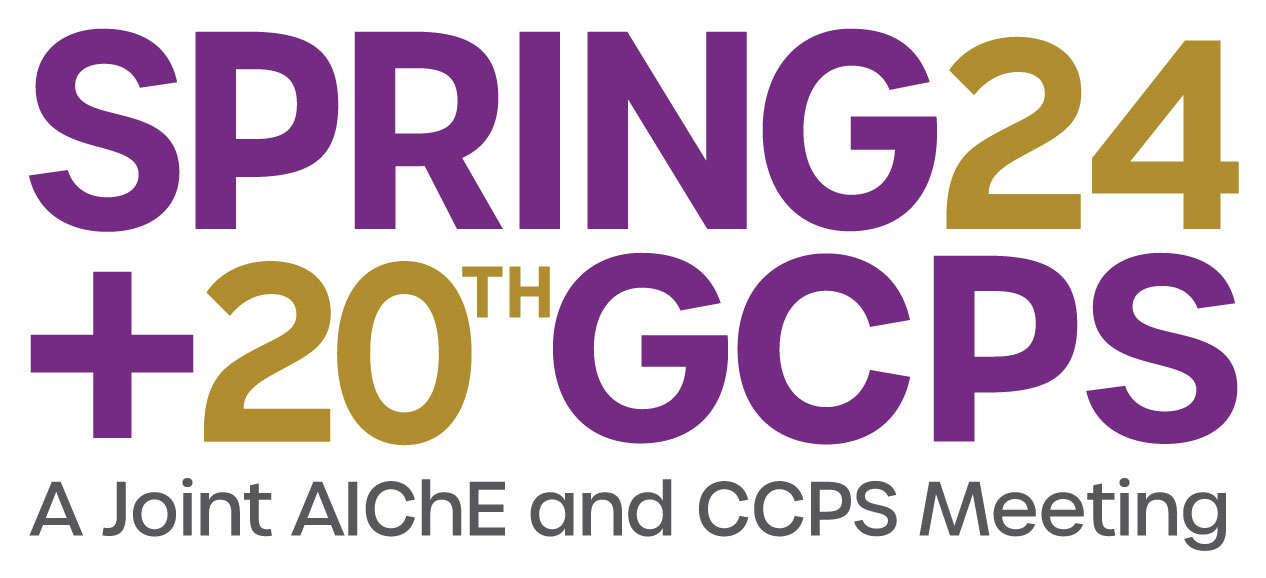

Use Standard Material Balance Equations for Critical Level Control Applications
Explicitly limit accumulation and eliminate controller overshoot while steadying downstream flow
Charles D. Herzog
Retired Chemical Engineer
Abstract
Most vessels in Oil Refineries and Petrochemical Plants use DCS-based P-I (Proportional-Integral) control algorithms for level control. This is an easy task for most applications. In some cases, however, large feed rate disturbances lead to problems such as overfill, emptying, or oscillatory flow to sensitive downstream units. Tuning alone does not satisfy all process requirements. The problem becomes more difficult if the vessel is small relative to the magnitude of the feed rate change.
One common application involves the demethanizer feed system (DMFS) and demethanizer bottoms in ethylene plants. Bringing a new furnace online creates a 10% - 15% change in total feed rate to the system, leading to rapid change of levels in all the DMFS drums. Even if overfilling or emptying does not occur, the levels and flows can oscillate for hours after the initial disturbance has passed, resulting in unsteady feed to the product recovery section. Operator may have to put the level controllers into manual to eliminate the oscillations.
Instead of standard P-I level control, material balance control optimally manages liquid inventory and outflow variation. Controller overshoot is eliminated because the material balance is directly enforced. By comparison, P-I based level controllers are not designed to limit accumulation at all.
With material balance control, distillation feed drums and reflux drums can be built smaller while decreasing the chance of overfill or emptying. As a result, level set point can be increased, thereby increasing residence time (without increased capital cost) and decreasing composition variation of feed, product, and reflux streams.
The presentation also shows how material balance calculations from the feed drums supply feed-forward data to the Demethanizer bottoms level control application.
Finally, the presentation shows how to use material balance technology to select P-I tuning parameters to indirectly limit accumulation for a disturbance of predictable magnitude.
Presenter(s)
Language
Pricing
Individuals
| AIChE Member Credits | 0.5 |
| AIChE Pro Members | $19.00 |
| Fuels and Petrochemicals Division Members | Free |
| AIChE Graduate Student Members | Free |
| AIChE Undergraduate Student Members | Free |
| AIChE Explorer Members | $29.00 |
| Non-Members | $29.00 |
